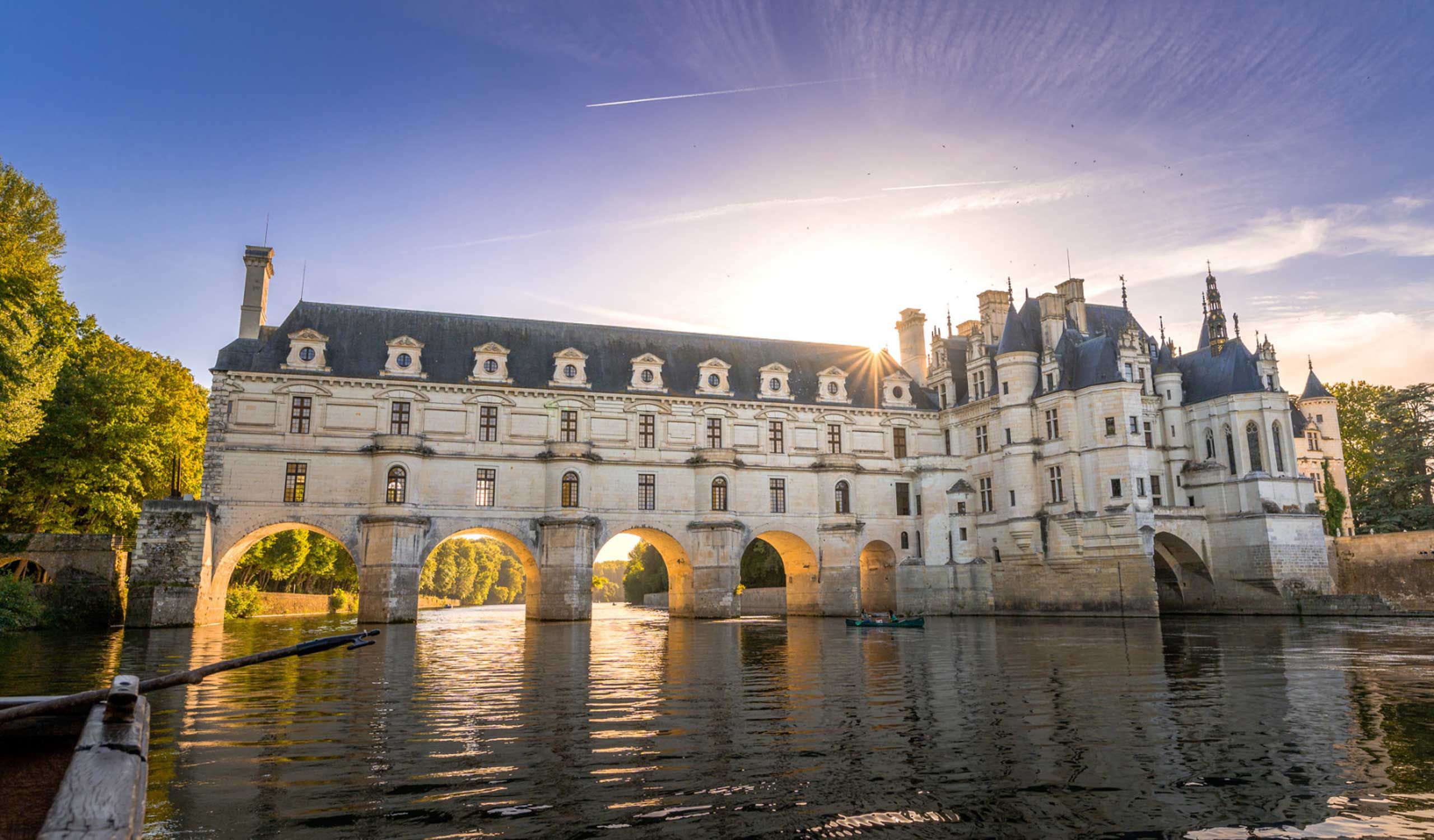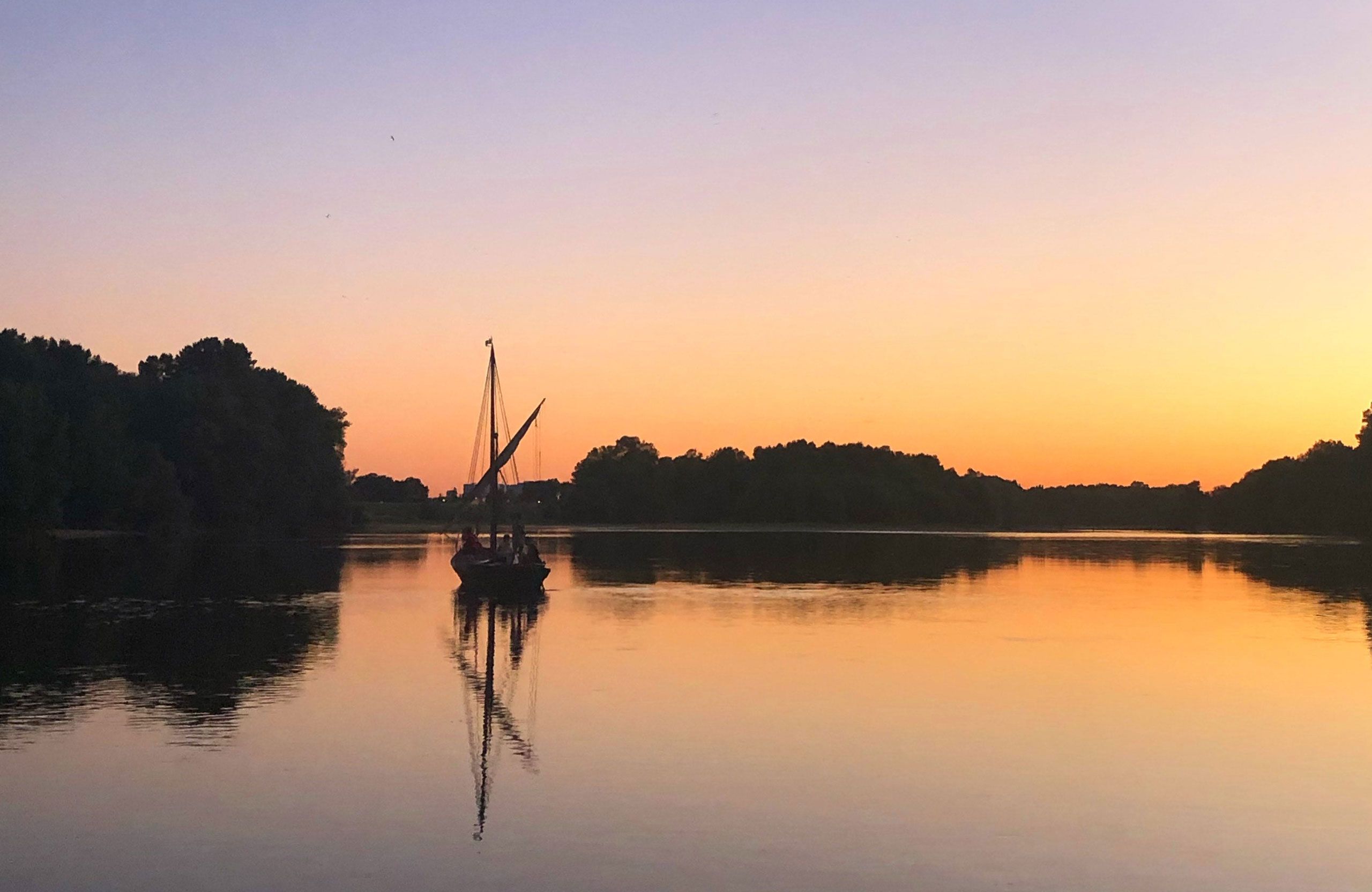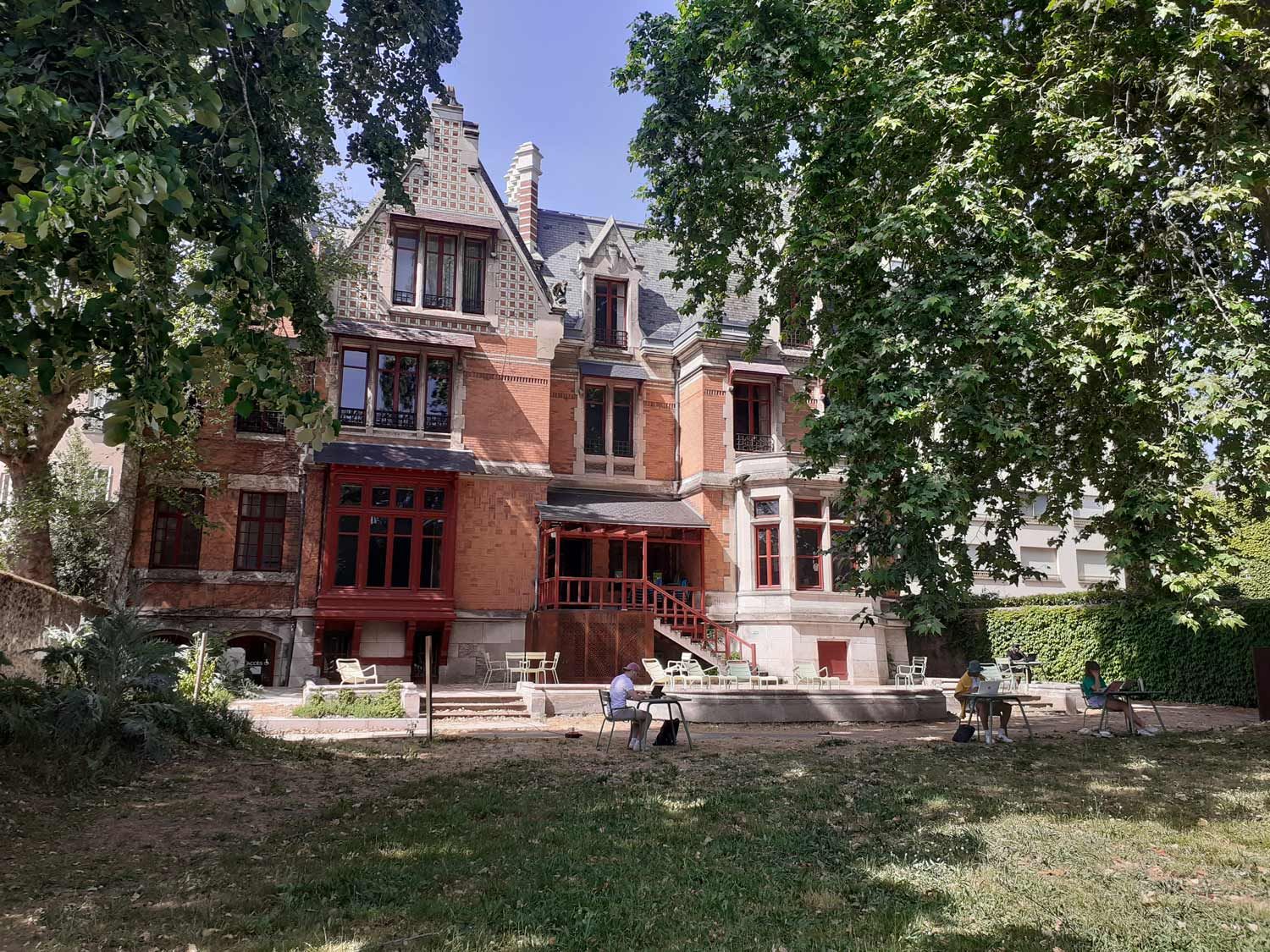Castles & tourist sites
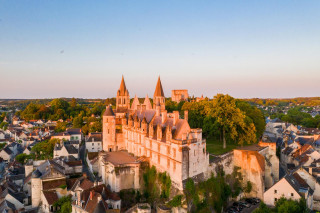 The Royal City of Loches
The Royal City of LochesOwned by the Indre et Loire Departmental Council, the site comprises two castles: the keep built by the Count of Anjou, Foulques Nerra, and the royal dwelling with its Renaissance architecture. The latter saw Agnès Sorel, Joan of Arc and Anne of Brittany pass through. A pretty medieval garden is also located at the foot of the keep. Each year, a new exhibition is proposed in parallel with the augmented reality tours on the Histopad tablets.
 Tours City Pass - 72h
Tours City Pass - 72hWith the 72h City Pass, visit Tours and its surroundings at your own pace and at attractive rates! 9 tourist and cultural sites are included in this Pass: Castle and Gardens of Villandry, Castle of Azay-le-Rideau, Castle of Tours, Centre of Contemporary Creation Olivier Debré, Fine Arts Museum, « Compagnonnage » Museum, Natural History Museum, Saint-Cosme Priory, Psalette Cloister and a guided tour of Tours. The 72h Pass also offers numerous benefits, including bike rental, access to the little tourist train (available end of March 2024) and discounts on leisure services.
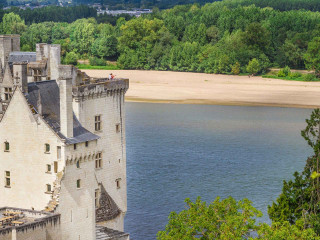 Château de Montsoreau
Château de MontsoreauThe only Château on the Loire to be built on the riverbed, Château de Montsoreau was built in 1450 by Jean II de Chambes, a close adviser to King Charles VII. Its history has been marked by the lives of many famous people, including Mary Stuart, Anne of Brittany, Claude of France and François I. Its avant-garde architecture has always inspired artists from Rodin to Turner, Flaubert and Alexandre Dumas. Transformed into a museum of contemporary art and inaugurated in April 2016, the Château de Montsoreau is a new venue that offers, two hours from Paris, in the Loire Valley, a World Heritage Site, and over 2,000m2, a journey through its permanent collection, considered to be the most important collection of Conceptual Art in the world.
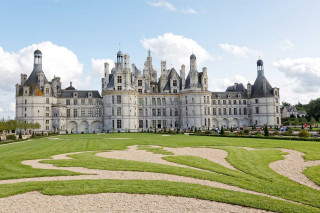 Domaine National de Chambord
Domaine National de ChambordChambord, a symbol of French Renaissance throughout Europe and the world. Just 2 hours from Paris, the Loire Valley’s largest château stands within Europe’s largest fenced park. The Domain, surrounded with a 32-km wall, covers 13500 acres. Listed as a historical monument since 1840, it has been also a World Heritage site since 1981. Do not miss : the double-spiral staircase, which may have been inspired by Leonardo da Vinci, the viewpoint from the rooftop, the sculpted ceilings on 2nd floor, the collections (over 4500 paintings, tapestries, furniture and works of art), the music festival in July, the exhibitions, the horse show, the roar of the stags or the local wildlife. Dematerialised tickets. Please note: tickets cannot be exchanged or refunded.


